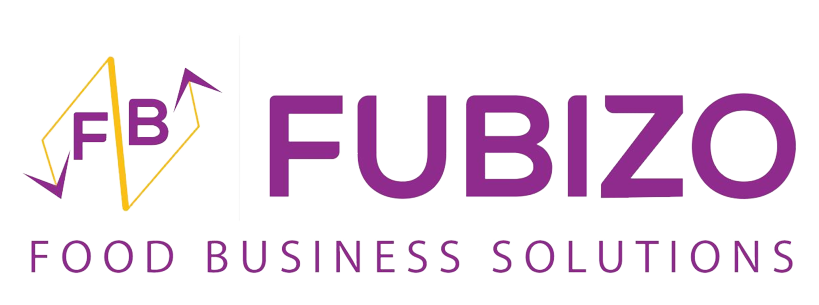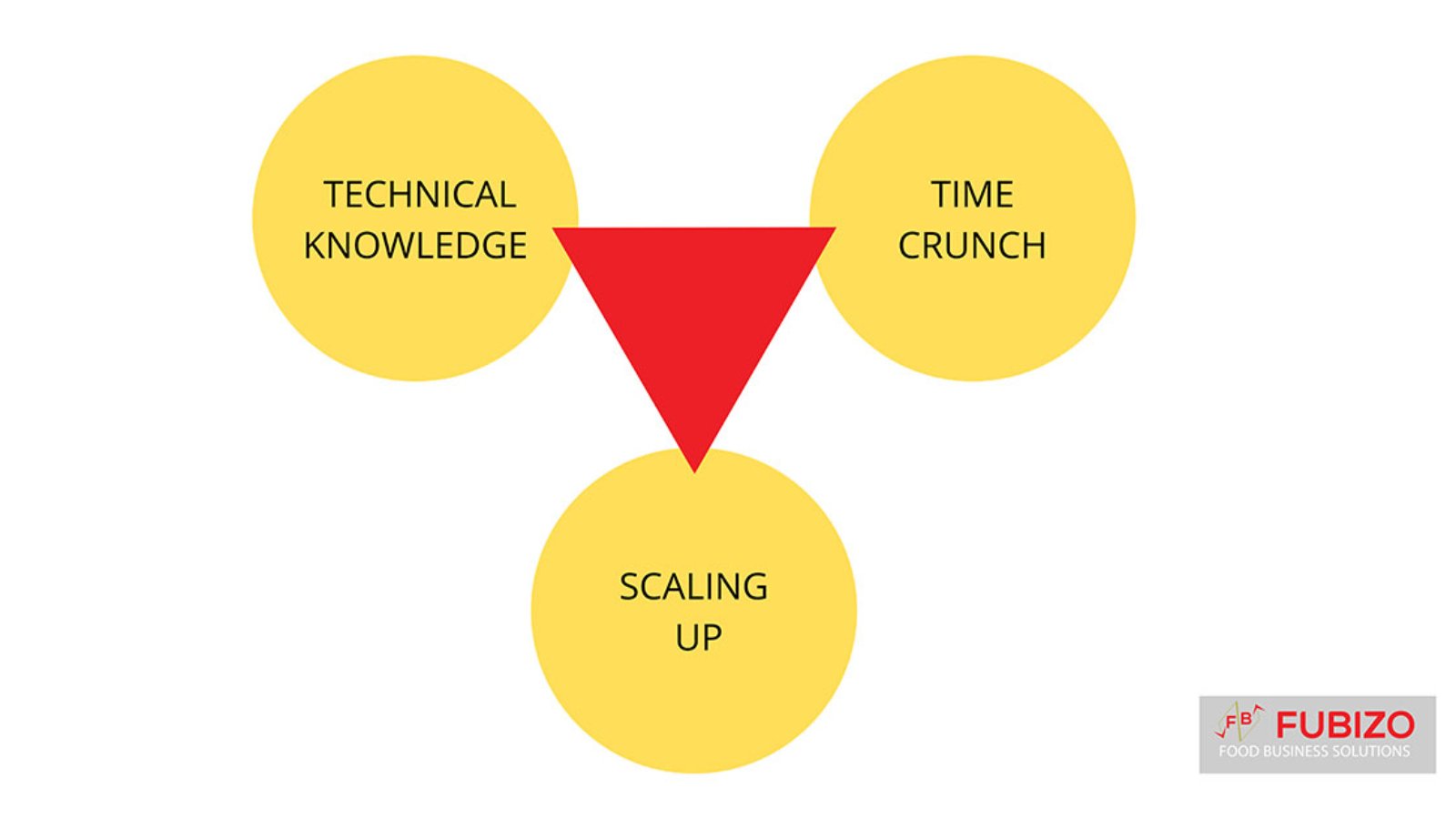As developers, it would be nice to know it all or at least, “know most of it”- however, as we have experienced, as individuals, we know very little which is an unfortunate reality. Deep understanding and thorough knowledge of a subject matter are what solve problems. Perhaps, the first greatest challenge facing a developer is accepting that he/ she does NOT know it all!
In this post, we will examine the top 3 challenges a product developer face based on our vast amount of experience developing food and beverages for our clients.
1. Deep Technical Knowledge and Understanding
A basic developer would most likely know the causes of rancidity in food products, this knowledge can be acquired while completing a degree in the university or even just by watching a YouTube video. However, what distinguishes a basic and a good developer is the ability to apply the knowledge in a relevant manner. Knowing the causes of rancidity does not solve the problem, knowing how to act against it, does!
Take, for instance, a snack food product such as Dorito’s (or Twists or any kind of potato chips like Pringles); when we refer to rancidity, most think only of oxidative rancidity which is the deterioration of fats in the product that causes a bad smell, however, most forget the hydrolytic rancidity part; in which once opened, the air could cause the product to not be as crisp and crunchy. Why is this? What can solve this problem? Does the ingredient/additive add to solve oxidative and hydrolytic rancidity react with one another and produce an unintended negative effect? Does this additive have negative consequences on human health? Unfortunately, most developers learn this by experience, and before you know it; in most cases, the learning happens when it is too late.
If “natural, no-crap” is part of the product requirement, what does a developer do then? This is just a small example of what strong technical knowledge could do.
Another example, would be a good developer would develop a recipe that is “factory ready”- for example, how much water do we add to a nutritional beverage so that when we cooked it, the correct amount of water loss is accounted for? If we were to make an oat-based beverage, what is the size of the milled oats? Do we use whole oats, oat bran, or instant oats to make a cereal drink? How does the oat bran affect the texture of the beverage due to its high fiber content which typically is slimy? How do the oils in oats react once heated- how to prevent the rancidity of the fats in oats since it is unsaturated fats? Similar questions about oat could be asked by simply baking an oat cookie!
These are all questions that can be answered only by a developer with strong technical knowledge who also has the ability to put the knowledge into application.
2. Time Crunch
Most clients we encounter always love saying that “this project was due yesterday”- however, what most do not understand is that the creative process usually takes time. Once the creative process begins, multiple challenges (mostly technical) arise and the developer would need to solve them in time.
Although a developer is diligent in working towards a solution, the market shows no mercy. If the developer produces the solution too late, the market could already be on the next big thing. This is also a dilemma with food companies today where the solution is presented once the market has moved on.
A key to solving this issue is developing with speed. Foreseeing the problems that could arise in the future from the beginning saves a lot of time and also money! Therefore, it is best to develop something based on how the market is reacting to something or a certain trend and map out the next thing. Try developing a “thing” before it becomes the “next thing”. A good company could most likely foresee the “next thing” before the next thing even arrives and start the development as soon. As a developer, being proactive is essential to ensure you are ahead of the trend as opposed to “following” the trend. If you’re following the trend, clearly you are NOT the leader!
It is best to understand manufacturing capabilities and requirements before (or at the latest, when) developing a product; which is the next challenge to be discussed in this article.
3. Scalability- Manufacturing your Hand Made Product/ Pilot Scale Prototype.
The main reason to scale-up manufacturing is to reduce the cost. The main way to scale up manufacturing is by using machines or by increasing manpower. However, the best way of scaling up is through machinery due to consistency in the outcome.
When scaling up the idea from lab-scale prototype to pilot run all the way to commercial production runs, multiple test runs are needed to ensure the commercial product matches the prototype.
A lot of parameters usually deviate and a good developer would predict this deviation before it occurs and prepare a “factory-ready” prototype so that not many production runs are needed for trial and error. Imagine the cost a company would incur every time it decides to “test” or play around with a formulation.
A good developer would understand what would cause the deviation and what are the parameters affecting the key taste factors in a food product so that he/she would know how to control the process, account for formula deviation right in the beginning. For example, when manufacturing sauces especially dairy-based sauces such as carbonara pasta sauce, there is a step to blend ingredients (not just mix), the difference between blending and mixing is the revolution per minute (RPM) of the stirring device. We need to blend the sauce at 30,000 rpm which is easily attainable in the lab using a power blender (such as Vitamix) but difficult to achieve using a high shear mixer (which is good for only 10,000 RPM). A developer would know how to reformulate to ensure the same effect could be achieved in the actual production. A developer would also know why stirring at a certain speed is important and what happens to the ingredients when stirred and would work alongside an engineer that would be able to achieve this result with another method (either due to the fact the manufacturer does not have this high-speed mixer or the machine breaks down). Understanding how to substitute processing methods using a good formula is essential for a developer. In this example, it is clear that a developer must not only know things in the lab but also be able to apply the knowledge in scaled-up manufacturing.
Another huge challenge is the constant change in the manufacturing environment which could create a challenge for consistency. Based on our previous experience, we also know that potato chips manufactured in Chicago during the summer require a totally different setting when the same product and formula is manufactured in Denver, Colorado during the winter (this is due to the height from sea level and winter season) which decreases the boiling point of the oil that the chips would be fried in. Understanding about the environment affects the products and strong knowledge in physics thus is also important when scaling up a product manufacturing.
A product developer usually takes this part of the challenge for granted thinking the engineers should solve it. However, a good developer would take into account scalability when developing a product.

